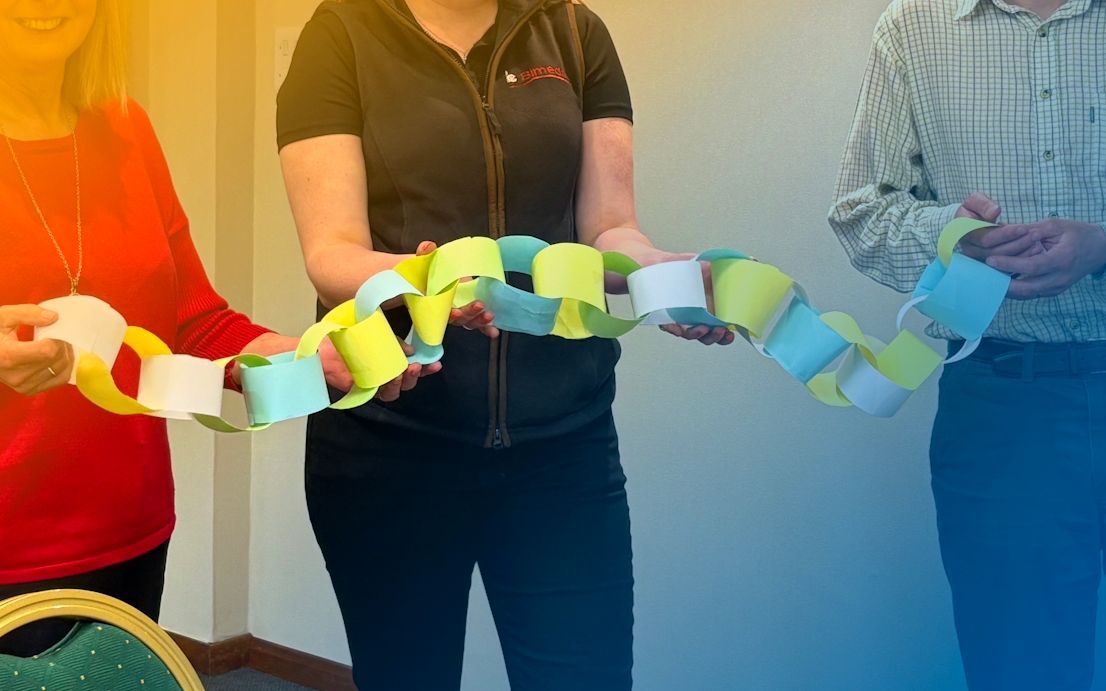Maintaining Happy and Motivated High Performance Teams
Management is doing things right; leadership is doing the right things.
Peter Drucker

Our team’s role is to complete tasks efficiently while maintaining high-quality standards. As a leader, your role is to ensure they remain motivated, engaged, and supported in achieving those goals. The good news is that keeping your team happy doesn’t require being in the same physical space—you need to know what to look for and how to respond.
Watch for Signs of Conflict or Unhappiness
Managing a remote team means you don’t have the benefit of daily, face-to-face interactions where non-verbal cues such as body language or facial expressions may reveal disengagement. However, there are other indicators to watch for. Sudden changes in communication style, such as emails becoming unusually long, short, or adopting a different tone, can signal frustration or dissatisfaction. Even the shift in how someone uses emoticons can reveal their state of mind. Recognising these subtle changes early allows you to step in and provide support before issues escalate.
Encourage Employee Feedback and Address Concerns
Communication is the lifeblood of any successful team. While it’s important to provide timely, constructive feedback, it’s equally important to create space for employees to share their perspectives. Remote employees should feel just as comfortable voicing concerns or ideas as they would in an office environment. An “open door” approach—adapted to the virtual world—ensures small issues don’t snowball into larger problems and helps build trust across the team.
Provide Opportunities for Learning and Development
Offering training and educational opportunities is an excellent way to keep team members engaged—especially those driven by motivators such as Searcher, Star, Defender, or Friend (as identified in Motivational Maps). Supporting continuous learning benefits not only employees but also strengthens their loyalty to the organisation. Many companies offer tuition reimbursement, certifications, or skill-building programs, giving employees opportunities to grow without leaving the company. This kind of investment prevents stagnation and keeps your workforce energised.
Create Clear Pathways for Career Growth
Not every employee seeks additional education, but nearly everyone values career progression. Without opportunities for advancement, talented individuals may look elsewhere. Career growth can mean promotions into management, lateral moves into different roles, or new responsibilities that broaden their experience. According to a Gallup poll, 32% of employees left their jobs due to a lack of career advancement opportunities—a reminder of how critical this factor is in retaining top talent.
Part 5 of 5






















